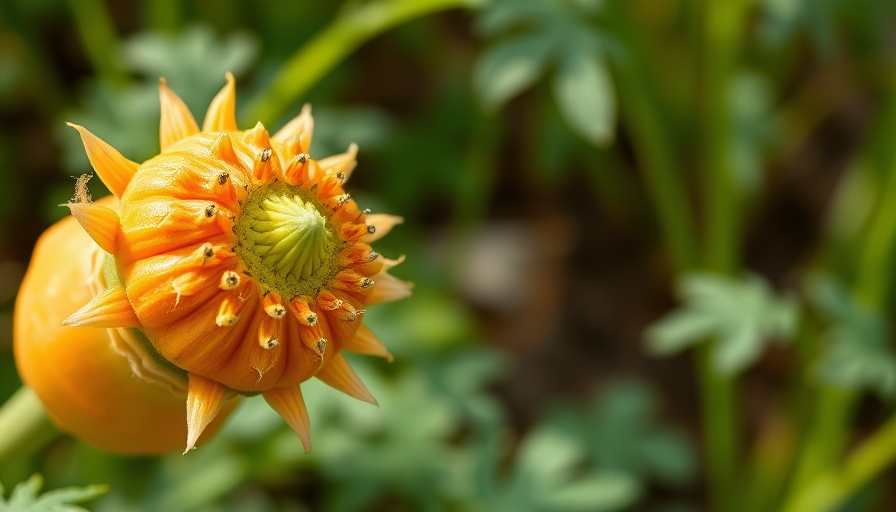
Why You Should Save Your Own Carrot Seeds
For avid gardeners, the joy of cultivating your own carrots can be enhanced significantly by saving seeds for future planting. This not only offers an economical solution to bulb replenishment but allows gardeners to take a sustainable approach to gardening. Each carrot plant holds the potential to produce more than 1,000 seeds, creating an opportunity to expand your garden exponentially. With such a high yield, the motivation to put in the effort to harvest and store seeds becomes clear.
Understanding Carrot Life Cycles
Carrots are considered biennial plants, meaning they typically flower and produce seeds in their second year of growth. Therefore, for successful seed saving, it’s crucial to begin this process in the first year. A clear understanding of their growth cycle ensures you capture the seeds at their peak viability. This intricate life cycle is not merely biological; it also fosters a deeper connection between gardeners and their food sources, making harvest times even more significant.
Choosing the Right Variety: Open-Pollination Matters
When selecting carrot seeds to save, opt for open-pollinated varieties instead of hybrids. Open-pollinated seeds are more reliable for producing plants that are true to type. Hybrids, created through the purposeful cross-pollination of two different parent plants, can lead to unpredictable results in their offspring. By sticking to open-pollinated options, you not only ensure consistency but also preserve the specific characteristics of the carrot varieties you love.
How to Isolate Your Carrot Variety for Seed Saving
Isolation is key when saving seeds, particularly for carrots. This involves ensuring that different varieties do not cross-pollinate, which is especially crucial for maintaining the genetic purity of your preferred types. Methods include spatial isolation, where you space different carrot varieties further apart, or temporal isolation, which entails staggering planting times. This extra step protects the integrity of the seeds you are harvesting, leading to more predictable and successful growth in future seasons.
The Importance of Vernalization
For biennial plants like carrots, vernalization plays a critical role. This cold treatment gives timely cues for flowering in the following year. A period of cold negates the need for excess fertilization in the first year, allowing the roots to mature into robust carrot plants ready to yield seeds. This process, while requiring patience, lays the groundwork for a more abundant harvest in the second year.
Harvesting and Storing Your Seeds
Once your carrot plants begin to flower, the harvesting process begins. As flowers mature into seed heads, keep a close eye for the right moment to harvest. Typically, seeds are collected when they are dry and easily harvested by hand. After gathering the seeds, the storing process is equally crucial. Store them labeled in cool, dry conditions to ensure longevity. Proper storage extends the lifecycle of your seeds and enables you to reap the rewards of your gardening setup for years to come.
Conclusion: Enjoy the Fruits of Your Labor
If you are passionate about vegetable gardening, embarking on the journey of seed saving can bring you personal satisfaction in knowing you’re creating continuity in your garden. As you learn to master techniques in seed saving, each season allows you to expand your gardening experience while reaping the benefits of home-grown vegetables. Begin your adventure today by planting, practicing, and preserving!
 Add Row
Add Row  Add
Add 




Write A Comment